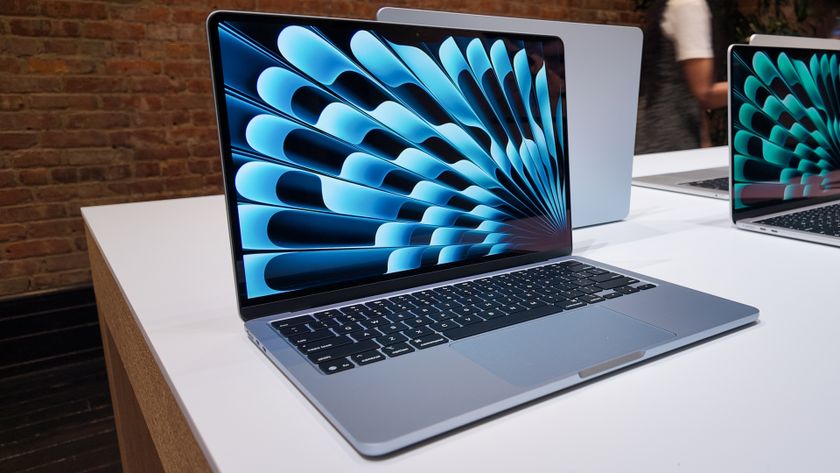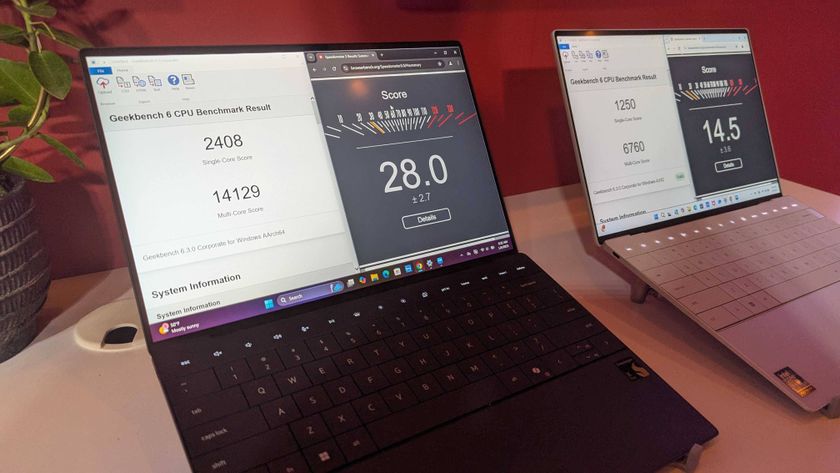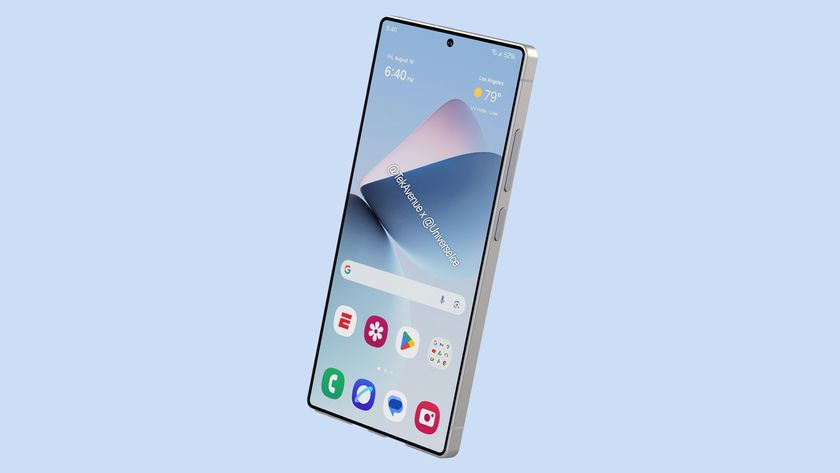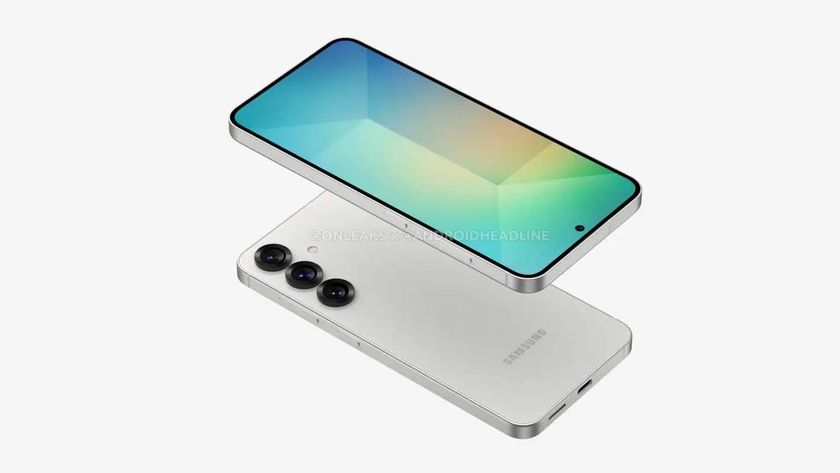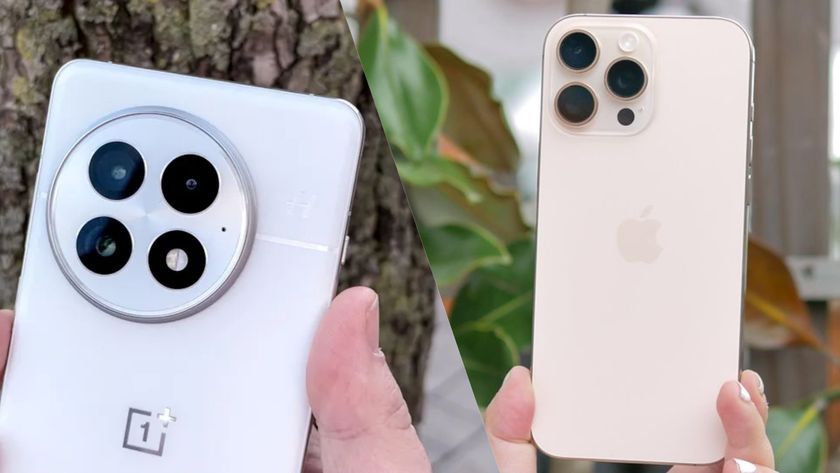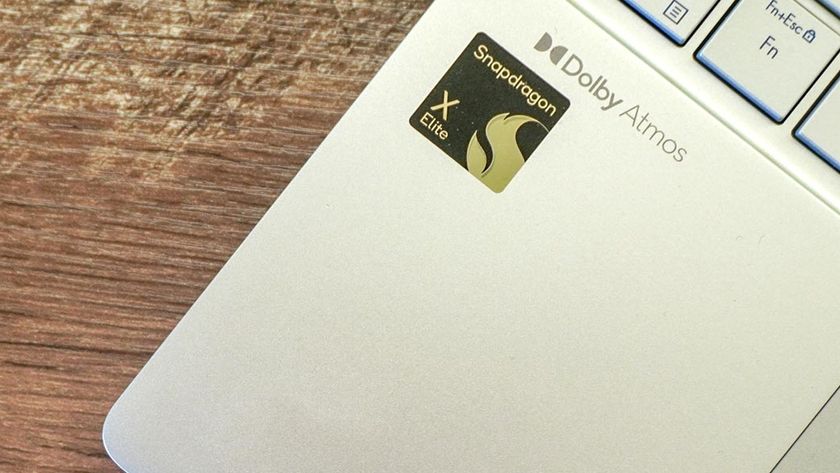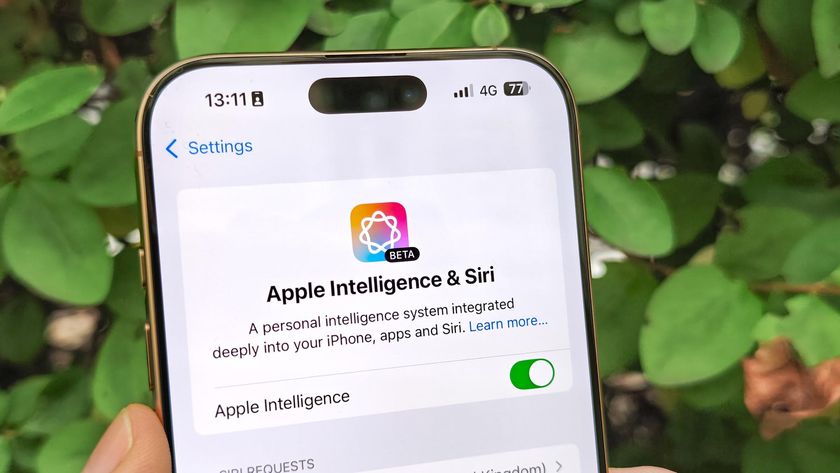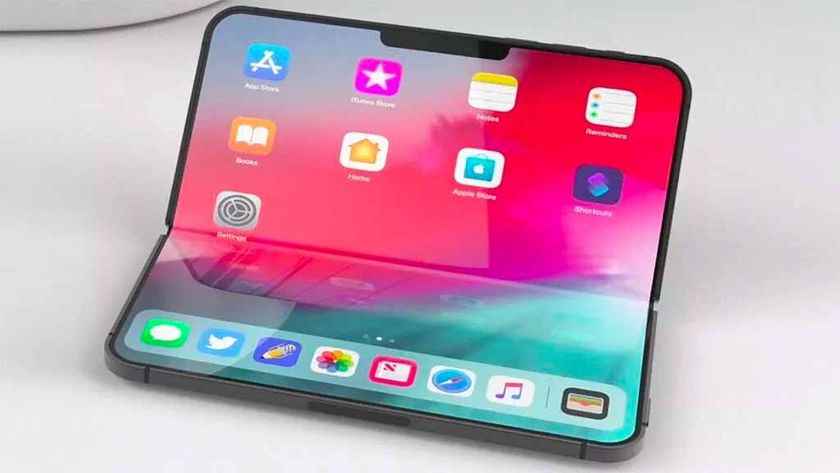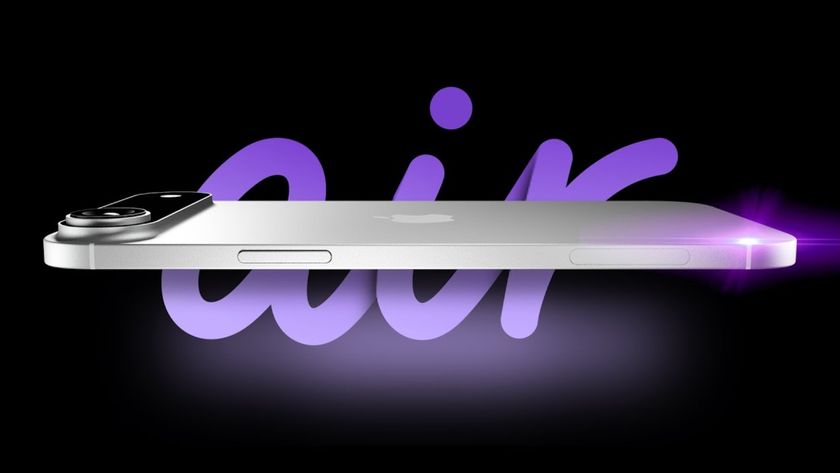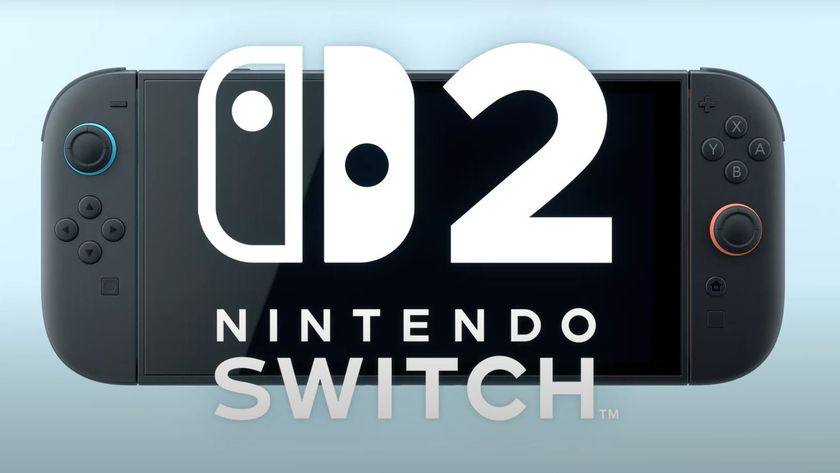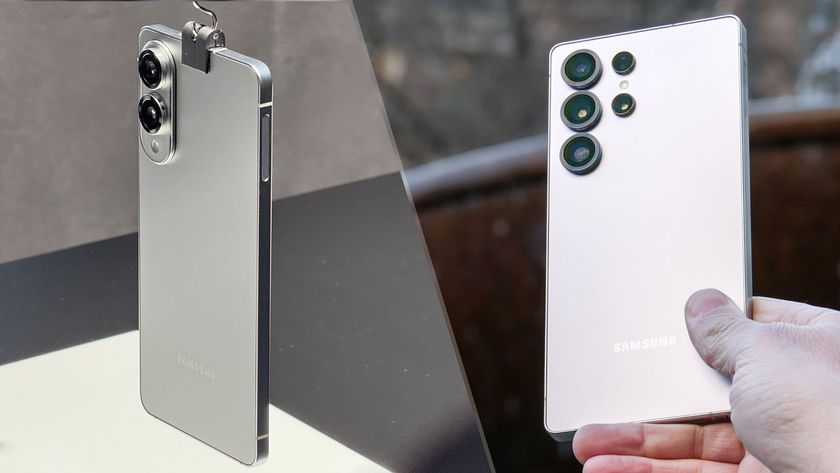Snapdragon 8 Gen 3 benchmark scores promise iPhone 15 Pro-beating power
Major performance upgrades are coming to Android phones
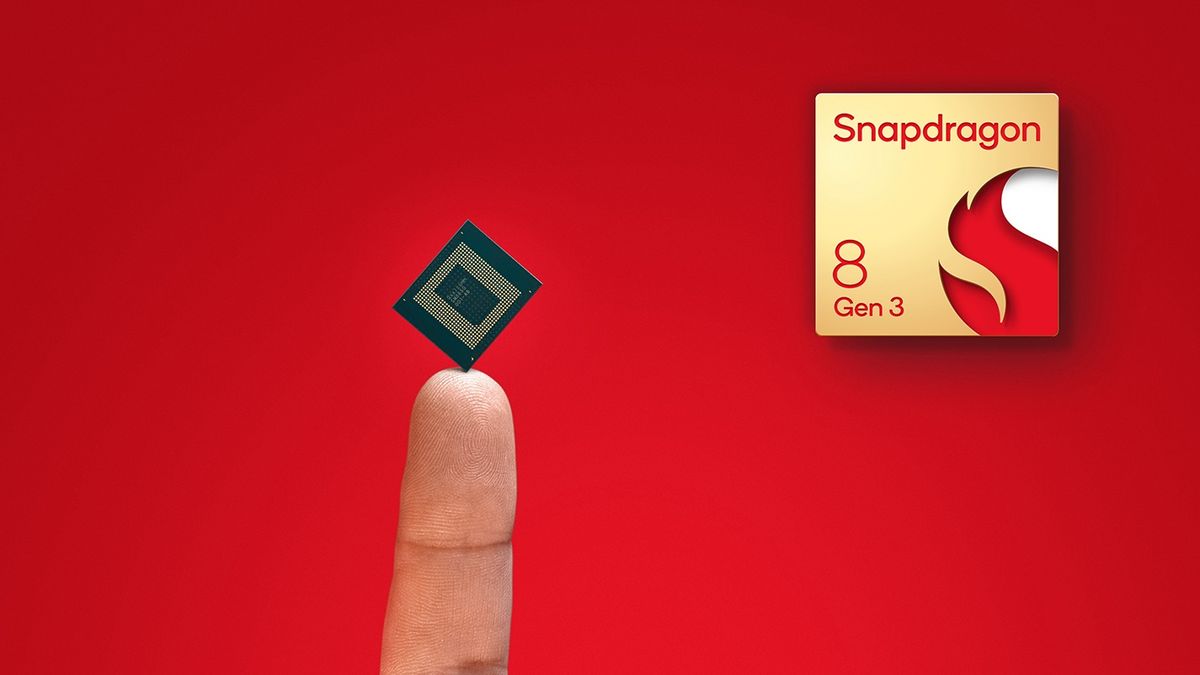
Qualcomm announced the Snapdragon 8 Gen 3 chipset earlier this week, promising a big leap in performance and AI power — all available for the next generation of Android flagships. But how much more powerful is it? And more importantly, does it beat the iPhone 15 Pro? Official benchmarking scores have some good news on that front.
According to reports Qualcomm hasn’t allowed anyone at Snapdragon Summit in Hawaii to do their own benchmarking tests. However the official benchmarking scores have been revealed using a device called the “Qualcomm Reference Design” (QRD). In the past these reference devices have performed pretty close to benchmarking tests on commercial devices.
Snapdragon snapping at Apple's heels
The QRD has a 6.65-inch AMOLED display (2340 x 1080) that runs at up to 144Hz, comes with 16GB of LPDDR5 RAM, 512GB of UFS 4.0 storage, a 4,192 mAh battery pack and runs on Android 14.
Single core scores on Geekbench 6.1 gave the Snapdragon 8 Gen 3 a single-core score of 2,329 and a multi-core score of 7,501 — which is very impressive. The Samsung Galaxy S23 Ultra, which has the overclocked Snapdragon 8 Gen 2 for Galaxy, previously achieved a 1,578 single-core score and a 5,081 multi-core score. Which is quite the leap.
Then there’s Apple’s A17 Pro, the first (and so far only) 3nm chipset available on a smartphone — whose design should offer a major performance advantage. In our testing single-core tests resulted in scores of 2,890 for the iPhone 15 Pro and 2,783 for the Pro Max. Multi-core testing saw both phones achieve respective scores of 7,194 and 6,945.
That means, on Qualcomm’s idealized device at least, the Snapdragon 8 Gen 3 falls behind the A17 Pro on single-core testing, but manages to exceed it in multi-core testing. As for Graphics, the QRD came out with a score of 19,114 on 3DMark Wild Life and 5,338 on 3D Mark Wild Life Extreme. The iPhone 15 Pro managed to get 15,747 and 3,623 in the same testing, closely followed by the Pro Max’s 15,339 and 3,481.
How all this performance will translate to performance in a real world device is unclear, but it does show Qualcomm has made some serious progress in catching up to Apple. We’re just going to have to wait until devices start being released with the Gen 3 chip and do our own testing for a more detailed look at the chip’s performance boost.
Sign up to get the BEST of Tom's Guide direct to your inbox.
Get instant access to breaking news, the hottest reviews, great deals and helpful tips.
Needless to say, if these scores are indicative of what the standard Snapdragon 8 Gen 3 can accomplish, I’ll be very interested to see how much better the rumored Galaxy variant will perform. We should be seeing the Galaxy S24 series unveiled sometime around mid-January.
More from Tom's Guide

Tom is the Tom's Guide's UK Phones Editor, tackling the latest smartphone news and vocally expressing his opinions about upcoming features or changes. It's long way from his days as editor of Gizmodo UK, when pretty much everything was on the table. He’s usually found trying to squeeze another giant Lego set onto the shelf, draining very large cups of coffee, or complaining about how terrible his Smart TV is.
